Hi there.
I have an old(60s?) zero clearance Selkirk Metalbestos model 832 that recently failed WETT inspection. It has an 8" chimney that exits through the foundation(block) wall(above grade) and enters a wooden chase with cedar siding.
The inspector seemed to imply the setup was not fixable and wanted me to install their new gas insert. I wanted to get some other opinions. The following were the findings:
- "Due to width of chase we assume there is not adequate clearance "
- "The junction at the T comes to a 90. Can't see past that"
- "Rain cap not the type for this chimney"
- "Glass doors not meant for this model"
1. How wide does the chase have to be? My math would be 8" pipe + 2x2" gap + 2x0.75" ply + 2*0.75" cedar = 15" wide. The outside wall is brick so 11.5" deep. Or am I missing something? To confirm I'm assuming we have to open it up to to see?
2. Is a 90 not allowed? Are there any grandfather clauses accepted. Can't we just cut the old 90, widen the hole in the foundation and install some 30s. The top front of the fire place is enclosed behind some panel wood and would not be a big deal to open. Regardless of replace or repair we would have to open the chase.
3. Is there only one special rain cap that can fit the old chimney or are they fairly generic? I would think we could find a proper replacement?
4. The glass doors can be lifted off thus simple.
Don't get me wrong if there is something wrong I want to make sure it gets fixed correctly. A lot more has happened, that I won't bore people with, that has made me not believe this company is reliable.
I have an old(60s?) zero clearance Selkirk Metalbestos model 832 that recently failed WETT inspection. It has an 8" chimney that exits through the foundation(block) wall(above grade) and enters a wooden chase with cedar siding.
The inspector seemed to imply the setup was not fixable and wanted me to install their new gas insert. I wanted to get some other opinions. The following were the findings:
- "Due to width of chase we assume there is not adequate clearance "
- "The junction at the T comes to a 90. Can't see past that"
- "Rain cap not the type for this chimney"
- "Glass doors not meant for this model"
1. How wide does the chase have to be? My math would be 8" pipe + 2x2" gap + 2x0.75" ply + 2*0.75" cedar = 15" wide. The outside wall is brick so 11.5" deep. Or am I missing something? To confirm I'm assuming we have to open it up to to see?
2. Is a 90 not allowed? Are there any grandfather clauses accepted. Can't we just cut the old 90, widen the hole in the foundation and install some 30s. The top front of the fire place is enclosed behind some panel wood and would not be a big deal to open. Regardless of replace or repair we would have to open the chase.
3. Is there only one special rain cap that can fit the old chimney or are they fairly generic? I would think we could find a proper replacement?
4. The glass doors can be lifted off thus simple.
Don't get me wrong if there is something wrong I want to make sure it gets fixed correctly. A lot more has happened, that I won't bore people with, that has made me not believe this company is reliable.


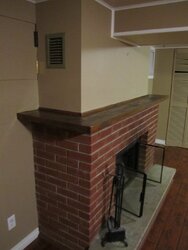
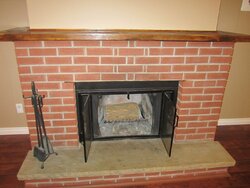
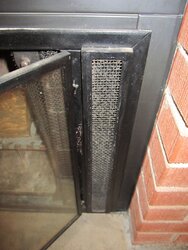
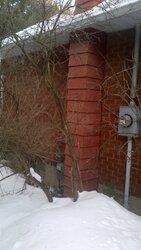
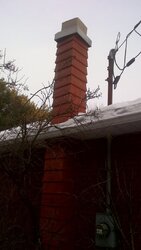
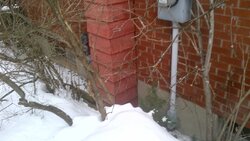
 !! It took a number of calls and a road trip to find an exact match and the pipe I had was not only LEGAL but still being sold. Seems each dealer carries a certain line of chimney and trash the competition.
!! It took a number of calls and a road trip to find an exact match and the pipe I had was not only LEGAL but still being sold. Seems each dealer carries a certain line of chimney and trash the competition.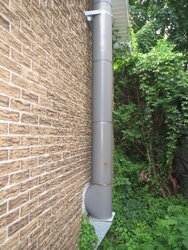


 What is a EPA ZC fireplace? I have had a couple company's check out the existing unit and they all agree that it is not up to code with the age, corrosion and 90 degree connection for the chimney, but one company did say I should be good with a small natural gas insert, such as the Enviro E20, Valor Retrofire, Marquis Capella, Napoleon GDIZC or Regency Horizon.
What is a EPA ZC fireplace? I have had a couple company's check out the existing unit and they all agree that it is not up to code with the age, corrosion and 90 degree connection for the chimney, but one company did say I should be good with a small natural gas insert, such as the Enviro E20, Valor Retrofire, Marquis Capella, Napoleon GDIZC or Regency Horizon.